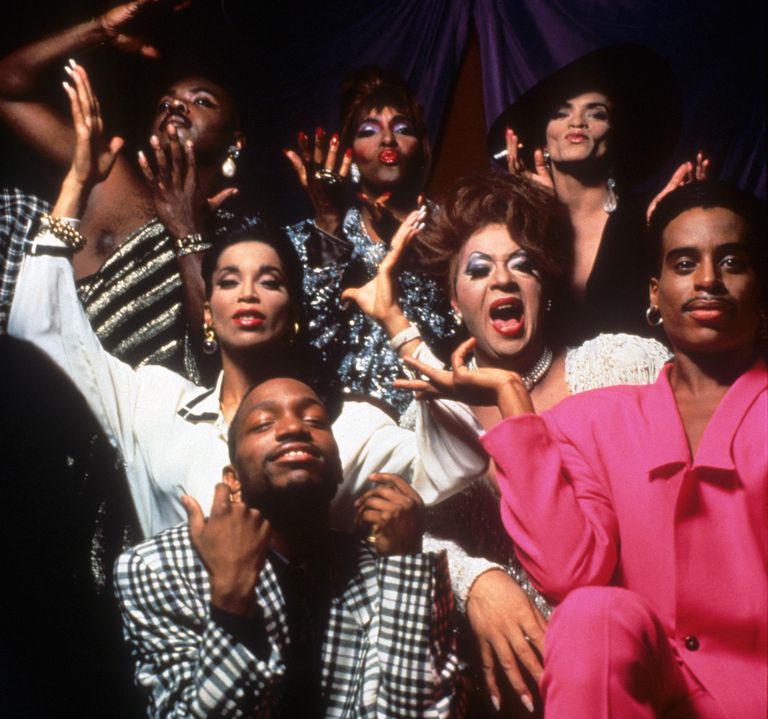Your Favorite Makeup Tip Was Probably Invented By A Drag Queen

I missed this essay when it came out in December, but I’m reading it now, after Lauren M. Jackson (congratulations on the Northwestern job! OMG!) turned me onto it. It’s by Kristina Rodulfo, and called “Everything We Know About Beauty We Learned From Drag Queens.”
Before YouTube, before Instagram, before “influencers,” now-common knowledge makeup techniques like contouring and baking were used by drag queens in the dressing rooms of clubs. They were passed on by word of mouth, taught by either peers or older performers (called drag mothers) who’d take newcomers under their wings. The objective was to use makeup to transform the face into a character. Borrowing from theater tradition, makeup was about exaggerating features so the performer wouldn’t be washed out under powerful stage lights, and their expression could be seen by someone sitting in the back of the room.
Like creating costumes, dancing, and lip syncing, knowing how to do makeup was just one of the many technical skills it took to be a successful drag queen. But, makeup is more than just a means to an end. It’s a tool of transformation, and for many queens, liberation.
Now that (among other things) the digital makeup tutorial has become a thing, there are naturally some questions about the appropriation of these techniques, whether the inventors are receiving proper credit, or how and whether they’re being erased from the story.
Where do you think contouring, baking, and highlighting came from? Many have linked the “trend” to Kim Kardashian, who in 2012 posted a viral photo of her face mid-contouring (the trick became such a signature of hers that she launched KKW Beauty in 2017 with a contouring kit). Her trademark look inspired thousands of Kardashian-inspired tutorials and a chain reaction started among top beauty bloggers competing for views and likes….
Yet, the acknowledgement isn’t fully there. “Do I feel the drag community has been given the credit it deserves for highlight, contour[ing], cut creases? No I don’t,” says Osmond Vacious a.k.a. Vivacious, a New York-based drag queen since the ’90s club kid era mentored by the likes of Hector Xtravaganza (grandfather of the House of Xtravaganza). “Why do I say that? When was the last time you saw a drag queen in a commercial for L’Oreal, CoverGirl, anyone? We’re not there.”
“It’s not that the world isn’t ready for it,” Vacious continues, “Those companies aren’t ready to embrace change because they’re more worried that their core audiences might run away from it. But, guess what? There is another world out there that likes all that ‘extra.’ Embrace us and work with us. And we’ll work with you.”
With the mainstream success of shows like RuPaul’s Drag Race, and as queens become actors and celebrities in their own right, it’s increasingly likely that more drag queens will become spokespeople and come more out front.
In the meantime, though, just embrace it. Find out a little bit more about where all this culture you love came from. Learn it. Love it. Learn from it. It can change your life.
And watch Sasha Velour and Shea Coulée lip sync to Whitney Houston. It’s really something special.





Stay Connected